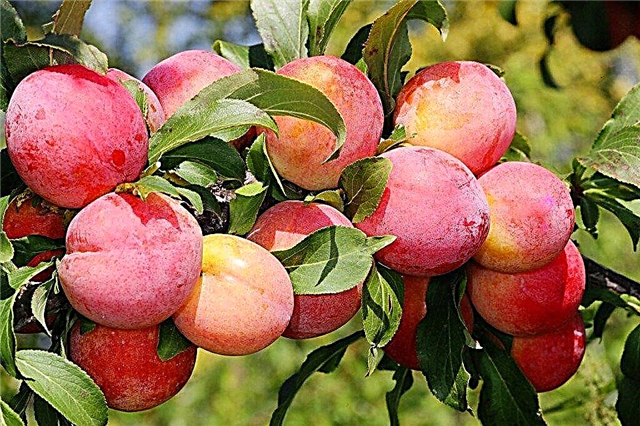
 3
3









Be joyful, though you have considered all the facts. ~Wendell Berry




 The picture is about 8 years old now, and I'm on the other side of the continent as of 7 years ago... I vaguely remember the inside being light and transparent, if that helps anything. Definitely not greenish or blueish. Maybe very light pink or yellow?
The picture is about 8 years old now, and I'm on the other side of the continent as of 7 years ago... I vaguely remember the inside being light and transparent, if that helps anything. Definitely not greenish or blueish. Maybe very light pink or yellow?













Be joyful, though you have considered all the facts. ~Wendell Berry




sow…reap…compost…repeat















 1
1





Be joyful, though you have considered all the facts. ~Wendell Berry





 Thank you so much for the enthusiastic dive into the world of plums!!!
Thank you so much for the enthusiastic dive into the world of plums!!! 1
1




Whatever it takes to dodge a time clock.

|
I met your mom on a Carribean cruise and she said you would help me and this tiny ad:
Learn Permaculture through a little hard work
https://wheaton-labs.com/bootcamp
|